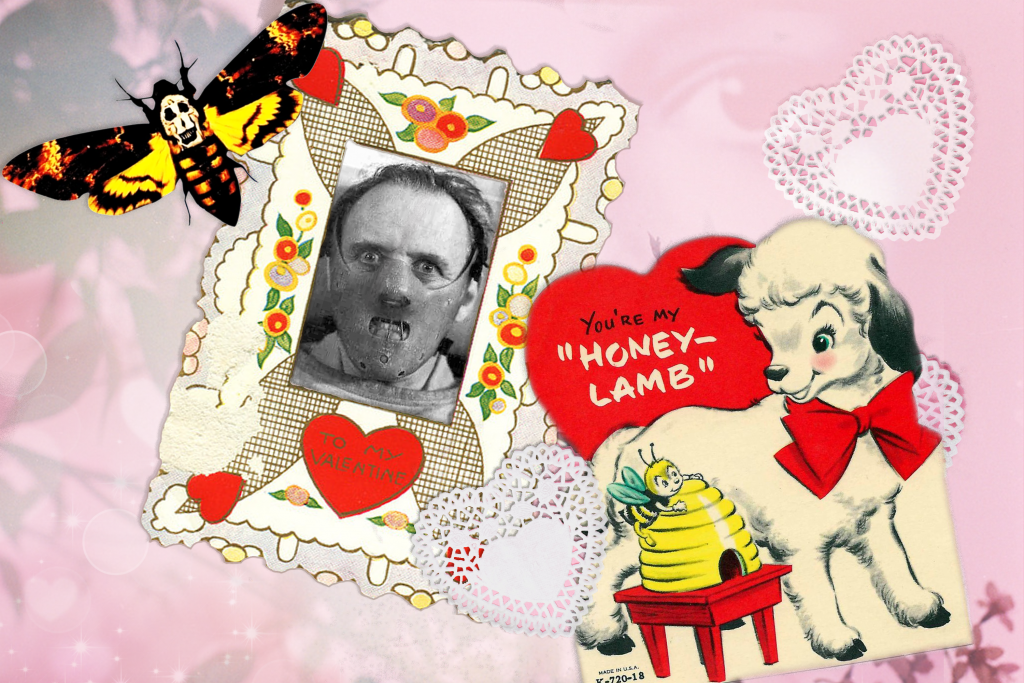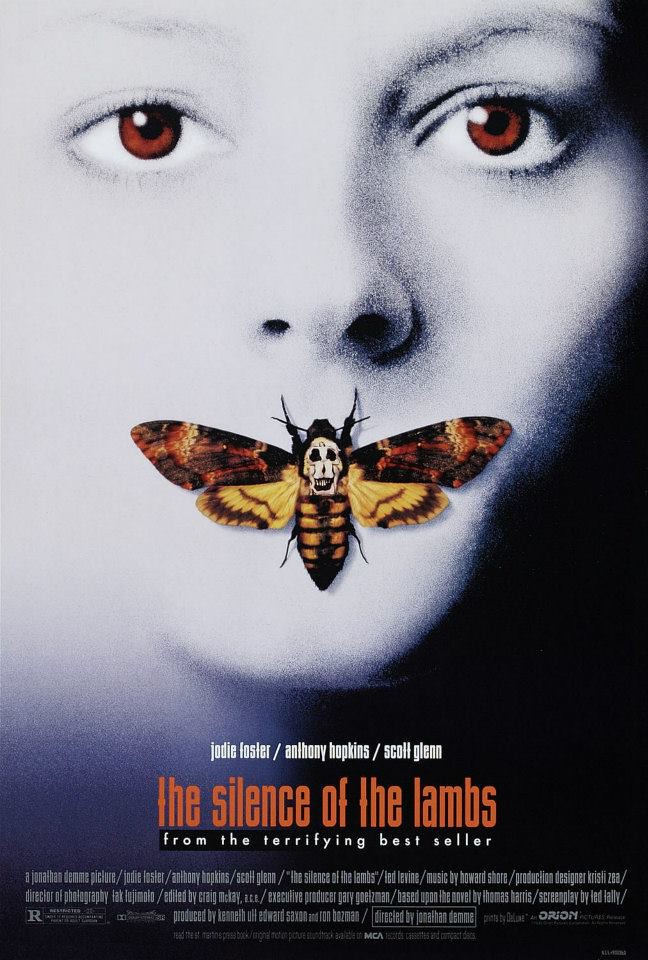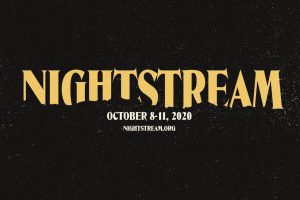Commentary: “The Silence of the Lambs:” a most unexpected Valentine’s Day film
Commentary: "The Silence of the Lambs:" an unlikely Valentine's Day film

In the midst of the candy-colored schlock of Valentine’s Day in 1991, Orion Pictures released a film. It had plenty of red, but not the red of a box filled with mediocre chocolate. Jonathan Demme’s The Silence of the Lambs subverted typical romantic fare that winter day, and began solidifying its legacy as an undeniably influential horror film.
Before viewing it, I heard whispers of the dread awaiting me. I imagined the terrifying events surrounding a suit made of tender human skin and a chrysalis nestled in a corpse’s throat. Those images only made the film more dangerous, and therefore enticing. Surprisingly, I don’t remember my first viewing, but I knew I needed to relive the experience.
This chilly masterpiece trails FBI trainee Clarice Starling (Jodie Foster), who hopes to work in the bureau’s Behavioral Science Unit. We realize what she’s up against in the first few minutes of the film as she steps into an elevator crowded with towering male FBI agents. They stare at her, the first of many times she’s the sole subject of the male gaze. She’s a woman in a man’s world, and must fight harder than all her male counterparts to prove she’s a worthwhile candidate. Her underdog tendencies resonate, and I immediately root for her success.

Agent Jack Crawford (Scott Glenn) sees Starling’s potential and tasks her with interviewing one of the most notorious serial killers in the world, Hannibal “The Cannibal” Lecter, played to sordid perfection by Anthony Hopkins. Thus begins Starling’s descent into a grotesque world of human depravity. After unhinged serial killer Buffalo Bill (Ted Levine) sends the FBI a valentine in the form of a washed-up corpse on a riverbank, it’s only a matter of time before he attacks again.
The investigation stalls, so the inexperienced girl must extract knowledge from Lecter. In exchange for his insights, he requests her deepest secrets, beckoning her mind to his insidious observations. Though he finds human flesh as tasty as a candy heart, Starling can’t help but gravitate toward him. By the end of the film, there’s a mutual respect–maybe even a twisted sort of love–between the two.
I always plan to browse the first ten minutes, then switch to the more pressing task at hand. Two hours later, the credits roll and I haven’t budged from my spot on the couch. Each scene squirms with inescapable tension, amplified by Howard Shore’s haunting, autumnal score that shimmers like a dissonant call to turn back now. I refuse the warning every time.
And this, you ask, is the film that the 1992 Academy Awards showered with love worthy of a Hallmark card? The Silence of the Lambs won the coveted “Big Five:” Picture, Director, Actor, Actress, and Screenplay. Until then, Best Picture winners were sweeping epics, beautiful musicals, or historical dramas about inspirational figures. They were not cold, taut thrillers highlighting a profoundly disturbed killer with a proclivity for human livers and Chianti. Horror films found themselves undervalued by the Academy, derided as unpalatable for a wider audience.
The Silence of the Lambs petrified and intrigued us. Starling serves as the film’s accessible epicenter. Every horror is seen through her: a resilient individual battling her own demons and silencing dark voices within. She makes mistakes, radiates fear, and cries. Starling needs the audience on her side, as not many people are. We come for the savagery and stay for the humans enduring it.
While not directly responsible, The Silence of the Lambs roused the public’s morbid fascination with crime as entertainment. Even in the onslaught of true crime podcasts, documentaries, books and cable television programs, the award-winning film still stands as an astoundingly well-made and superbly acted cinematic experience. The only horror film to ever win Best Picture (so far) proved a once dismissed genre can succeed in mainstream cinema and even devour the industry’s highest honors. Under this lurid thriller’s unflinching gaze, innocuous situations become frightening; a gauche, vulnerable trainee is the hero; and a marvelously deranged serial killer is a sophisticated intellectual.
Before sending Starling on her assignment, Crawford cautions her: “Believe me, you don’t want Hannibal Lecter inside your head.” Maybe not, but I don’t mind The Silence of the Lambs occupying my mind. For those rolling their eyes at pink bears and balloons, The Silence of the Lambs serves up a delicious alternative this Valentine’s Day.








